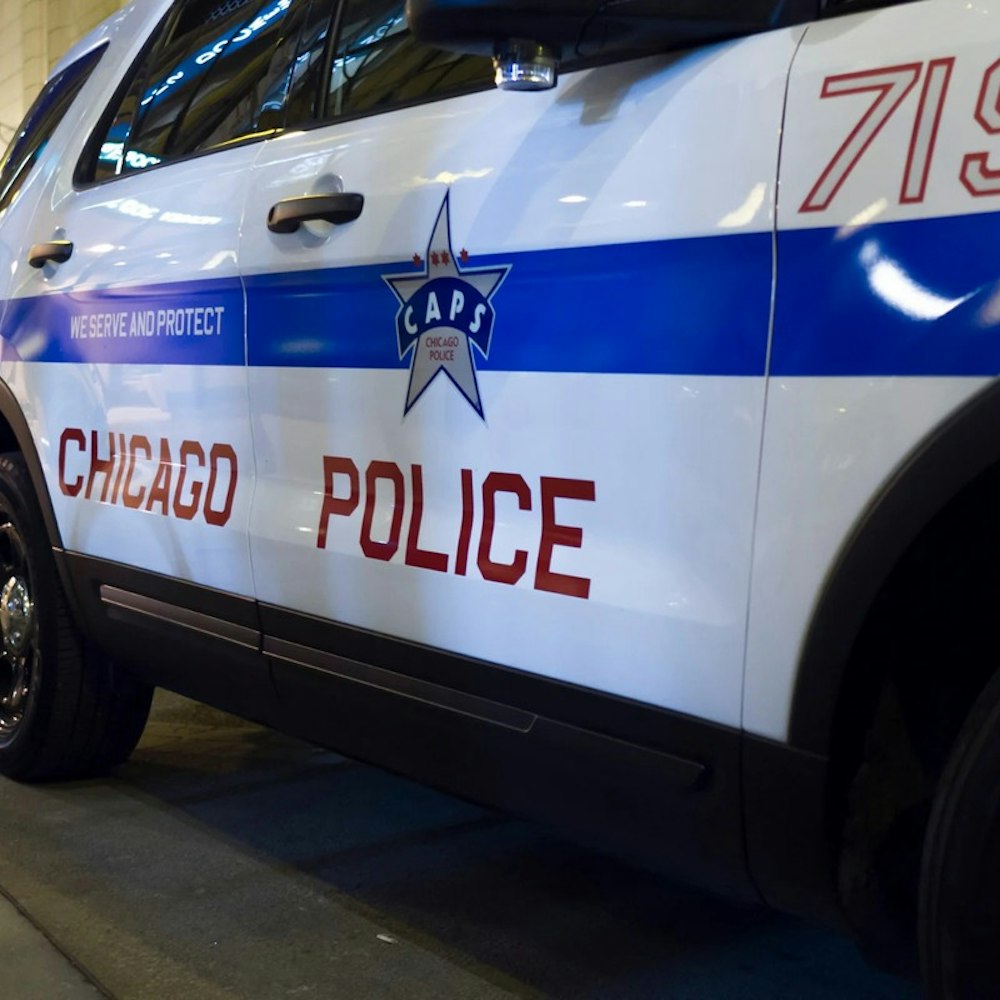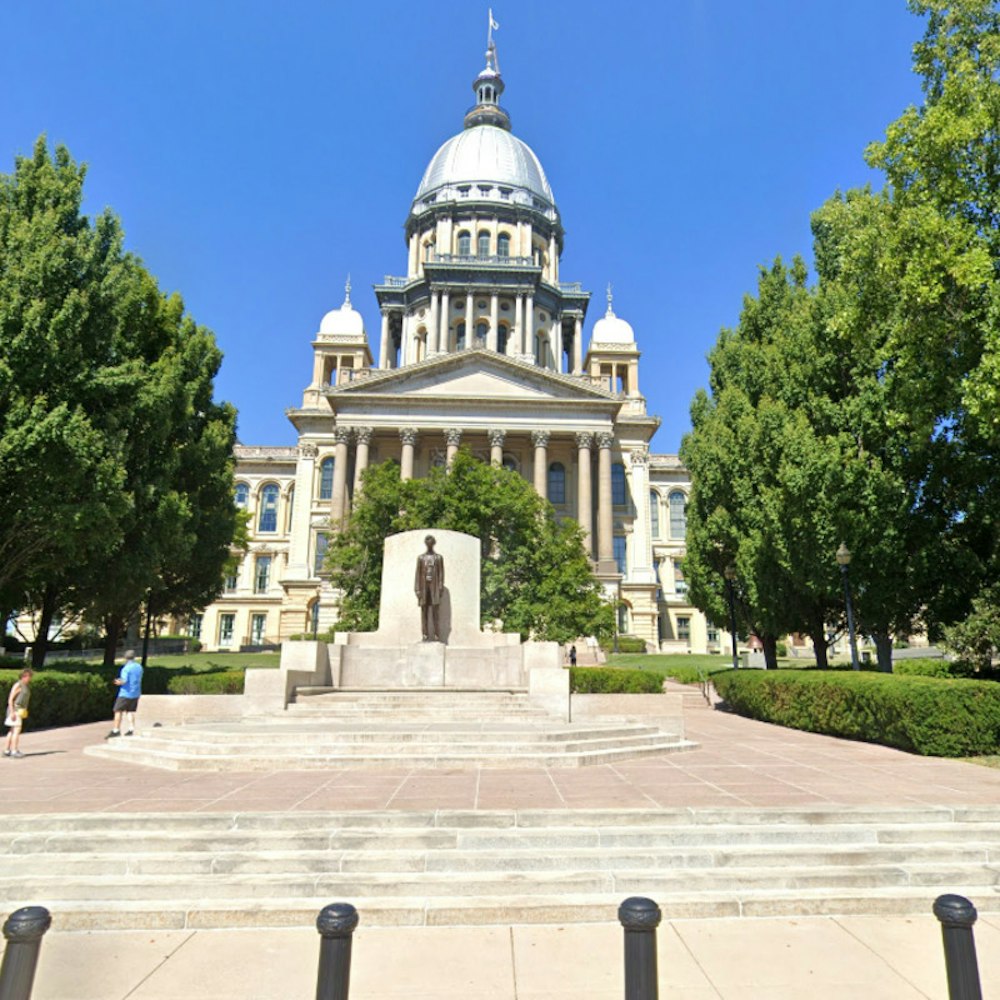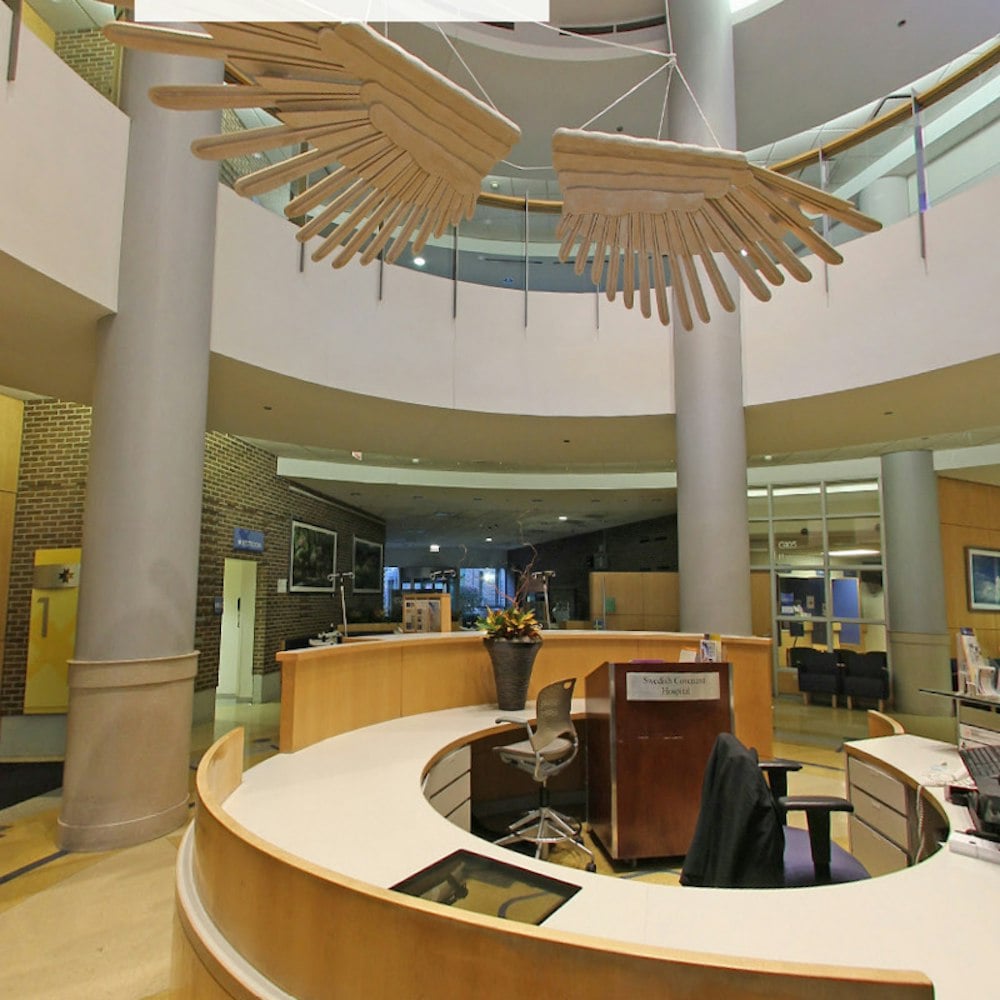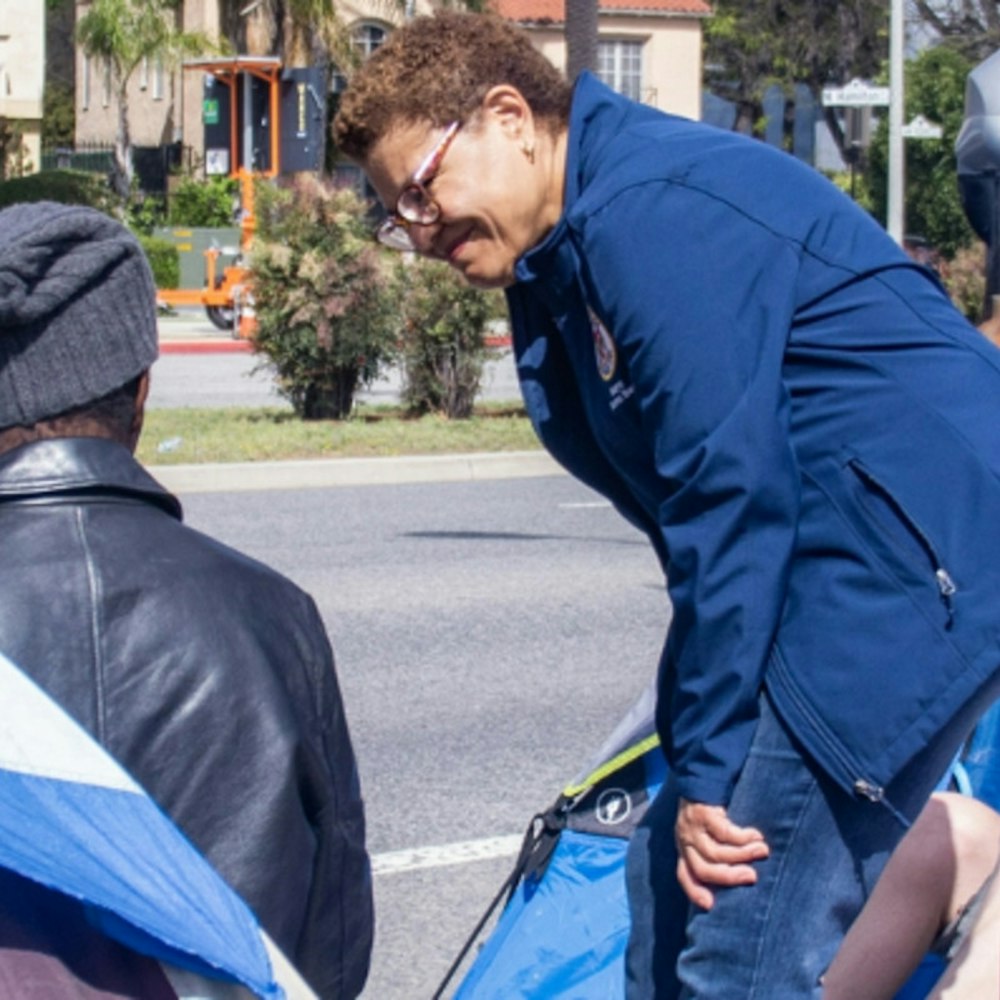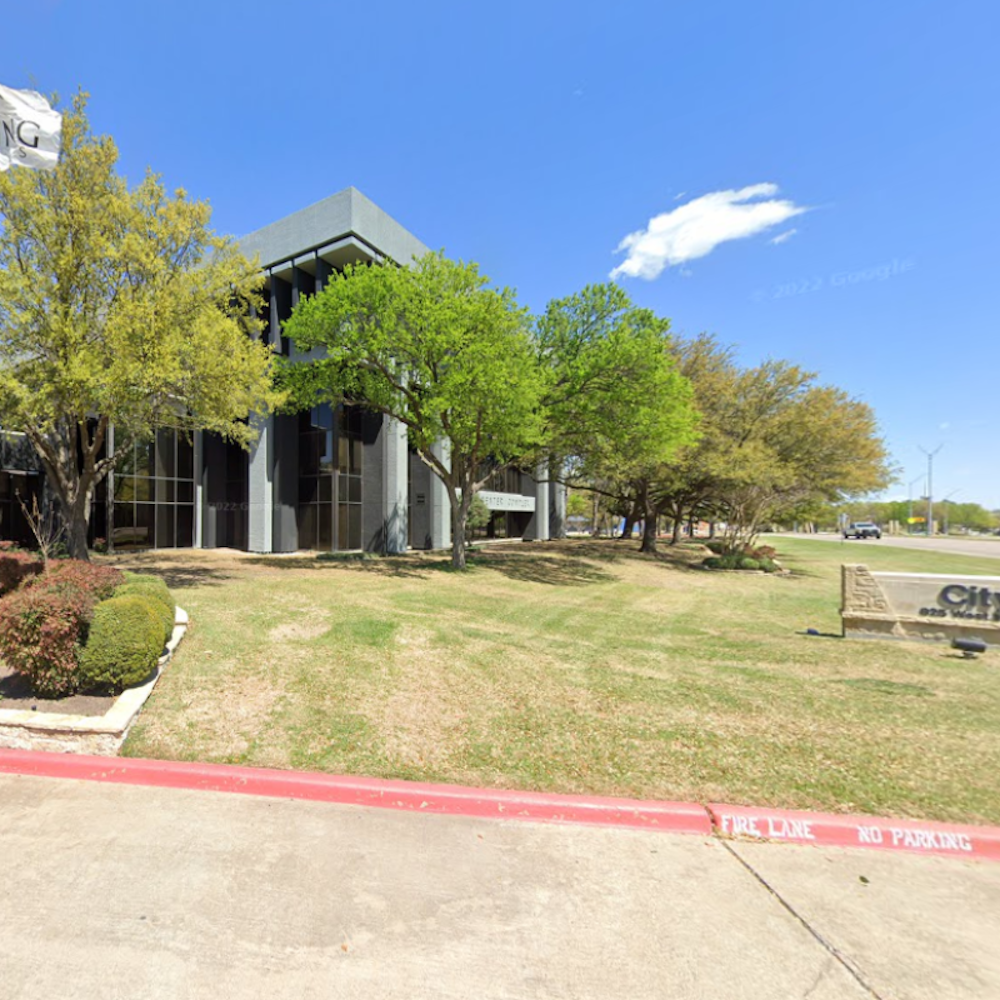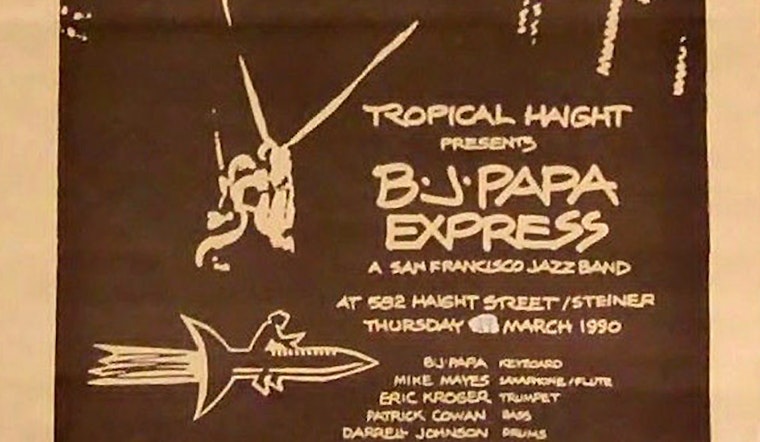
"The Lower Haight is a haphazard kind of place, with its own rhyme and reason."
That's the first sentence of a San Francisco Chronicle article from April 12, 1990, entitled "Lower Haight Is Moving Up In the World."
"You wander past crumbling Victorians, out-of-date, shuttered hair salons, abandoned car washes and cracked side walks, bumping elbows with the ranks of black-leather-clad posties (the post-yuppie, post-hippie, post-punk 20somethings) with their chains and Army boots, dyed hair, multiple earrings and dangling cigarets, picking your way between the sidewalk sales to get to the pricey alternative shops that have sprung up in the past year."
Those shops, some of which the story details, include:
- Sacred Fates, "a Lower Haight bath shop that advertises 'eclectic enchantment for your body and soul,' replete with black bustiers, Sturm 'n' Drang decor and expensive soap, declares its hours to be '1 to 7ish,' and advises that you 'put this in your shrine and pray to it'"
- Used Rubber U.S.A. (597 Haight, now Wild Feather) "where surprisingly beautiful bags and belts are made from recycled inner tubes and rivets"
- The Rehaberdashery, "an upscale vintage clothing store"
- True Legends Company, "a vintage-furniture joint where you can shell out a respectable wad of cash for a choice bit of antique"
- 13% (424 Haight, now Underground SF), "a club festooned inside with swoops of orange, black and green psychedelic paint, featuring a closet-size dance floor and black lights that do amazing things to a bleached mohawk"
- Tropical Haight (582 Haight, now Molotov's), "a nouveau-Caribbean joint with fishnets on the walls, live jazz and comedy nights"
- Kit Shickers (442A Haight, now Glass Key Photo) "a shop for made-to-order boots and shoes"
The article pauses at Kit Shickers to describe the scene on the 400 block.
"The ostentatious eel-skin creations parked in the Kit Shicker window contrast oddly with the screaming quarrels that sometimes erupt on the sunny, trash-strewn street - take the afternoon that two female combatants were spotted beating each other vigorously with sticks and a stool that had somehow come to hand, amid raucous shrieks."
Some businesses mentioned in the article still remain:
"There's Nickie's Barbecue, the legendary restaurant/bar hot spot that's been hip for almost three years now - terriblypasse for the up-to-date, but just getting discovered by the bridge-and-tunnel crowd."
Dick Vivian of Rooky Ricardo's is asked how the neighborhood is changing. "It's getting to be trendier, sure. But the crack problem is getting worse all the time," he says.
Mad Dog in the Fog is described as "a quieter English-style bar designed especially for your chatting convenience."
Victoria Davis, owner of Vickie's Street Shop Boutique, "[views] the newcomers on the block with tolerance and a gently lifted eyebrow. Davis has seen other upscale residents come and go in the five years she has been running her 'new, experienced and vintage clothing shop.'"
Michiko Kameda, co-owner of Noc Noc, tells the newspaper "four years ago, this area was still undeveloped ... There were young people here hanging out during the day but they had nowhere to go at night. Now it's better than it was. Property values in this area are still going up. People are fixing up the buildings. There's more potential here."
And in a sign that everything old is new again, one common complaint about the changing neighborhood: rising rents.
"Davis reports a 75 percent increase in her rent over the past five years, and Michiko Kameda ... says her rent has almost doubled in the four years the bar has been open."
The article is viewable online if you have a SF Public Library account; otherwise you'll just have to head to the Civic Center stacks if you want to read the full account of this brief glimpse into Lower Haight history.
